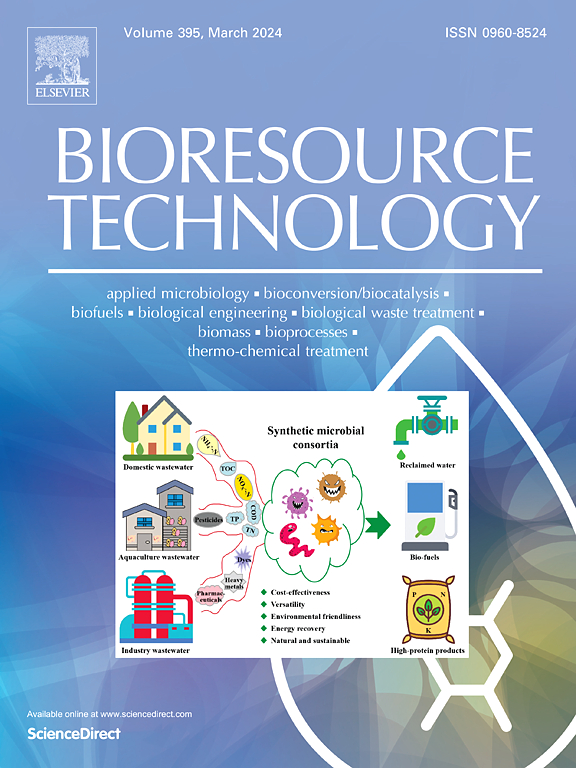Enhancing Feammox efficiency through riboflavin and humic acid: Nitrogen and iron transformation, energy metabolism, and microbial response
IF 9.7
1区 环境科学与生态学
Q1 AGRICULTURAL ENGINEERING
引用次数: 0
Abstract
Optimizing electron shuttles and revealing their mediating mechanisms are crucial for enhancing the ammonium (NH4+-N) oxidation coupled with Fe (III) reduction. In this study, anthraquinone-2,6-disulfonate (AQDs), riboflavin (RF), and humic acid (HA) were optimized in batch tests. The optimal dosages of 6, 2, and 8 mg/L for AQDs, RF, and HA resulted in average maximum NH4+-N removal of 80.2 %, 88.5 %, and 99.2 %, with 91.4 %, 88.5 %, and 74.7 % of the removed NH4+-N converted to nitrate, respectively. In addition, an enhanced extracellular electron transfer was also observed, including an enlarged current, diversified REDOX pathway, and reduced resistance. Outperformed AQDs in nitrogen removal and microbial activity, HA and RF were selected for the subsequent 100-day long-term investigation. During this stage, excess influent Fe tended to be stored as insoluble coatings on the sludge surface, while RF and HA facilitated its use to compensate for the reduced influent Fe3+. Meanwhile, they led to an increase in iron-reducing (Comamonas) and NH4+-N oxidizing bacteria (Nitropsira and Planctomycetes), as well as improvements in electrochemical characteristics and microbial activity. Moreover, microbial N and Fe metabolic potential were efficiently enhanced. Consequently, NH4+-N and TN removal rates were obviously increased to approximately 90 % and 40 %, respectively. The addition of electron shuttles led to long-term improvements in extracellular mass transfer and microbial metabolism, which contributed more than bridging the extracellular electron transfer. These results deepened the understanding of the effect of electron shuttles on Feammox.

求助全文
约1分钟内获得全文
求助全文
来源期刊

Bioresource Technology
工程技术-能源与燃料
CiteScore
20.80
自引率
19.30%
发文量
2013
审稿时长
12 days
期刊介绍:
Bioresource Technology publishes original articles, review articles, case studies, and short communications covering the fundamentals, applications, and management of bioresource technology. The journal seeks to advance and disseminate knowledge across various areas related to biomass, biological waste treatment, bioenergy, biotransformations, bioresource systems analysis, and associated conversion or production technologies.
Topics include:
• Biofuels: liquid and gaseous biofuels production, modeling and economics
• Bioprocesses and bioproducts: biocatalysis and fermentations
• Biomass and feedstocks utilization: bioconversion of agro-industrial residues
• Environmental protection: biological waste treatment
• Thermochemical conversion of biomass: combustion, pyrolysis, gasification, catalysis.
 求助内容:
求助内容: 应助结果提醒方式:
应助结果提醒方式:


